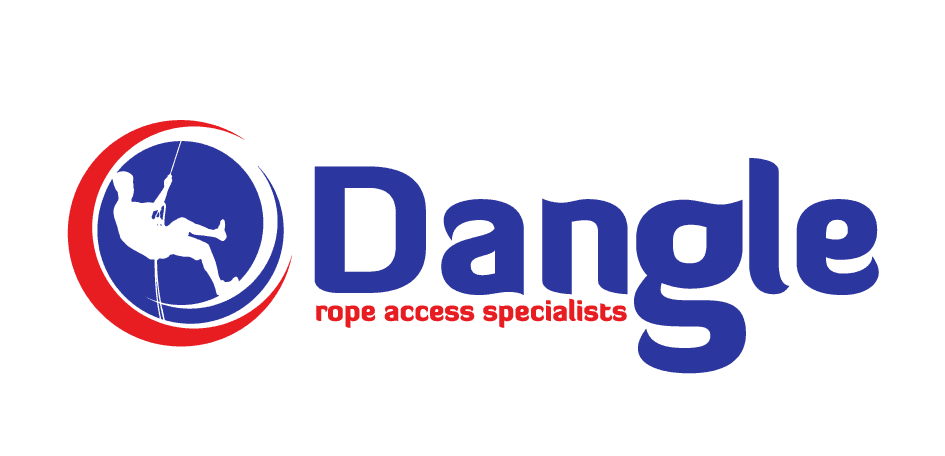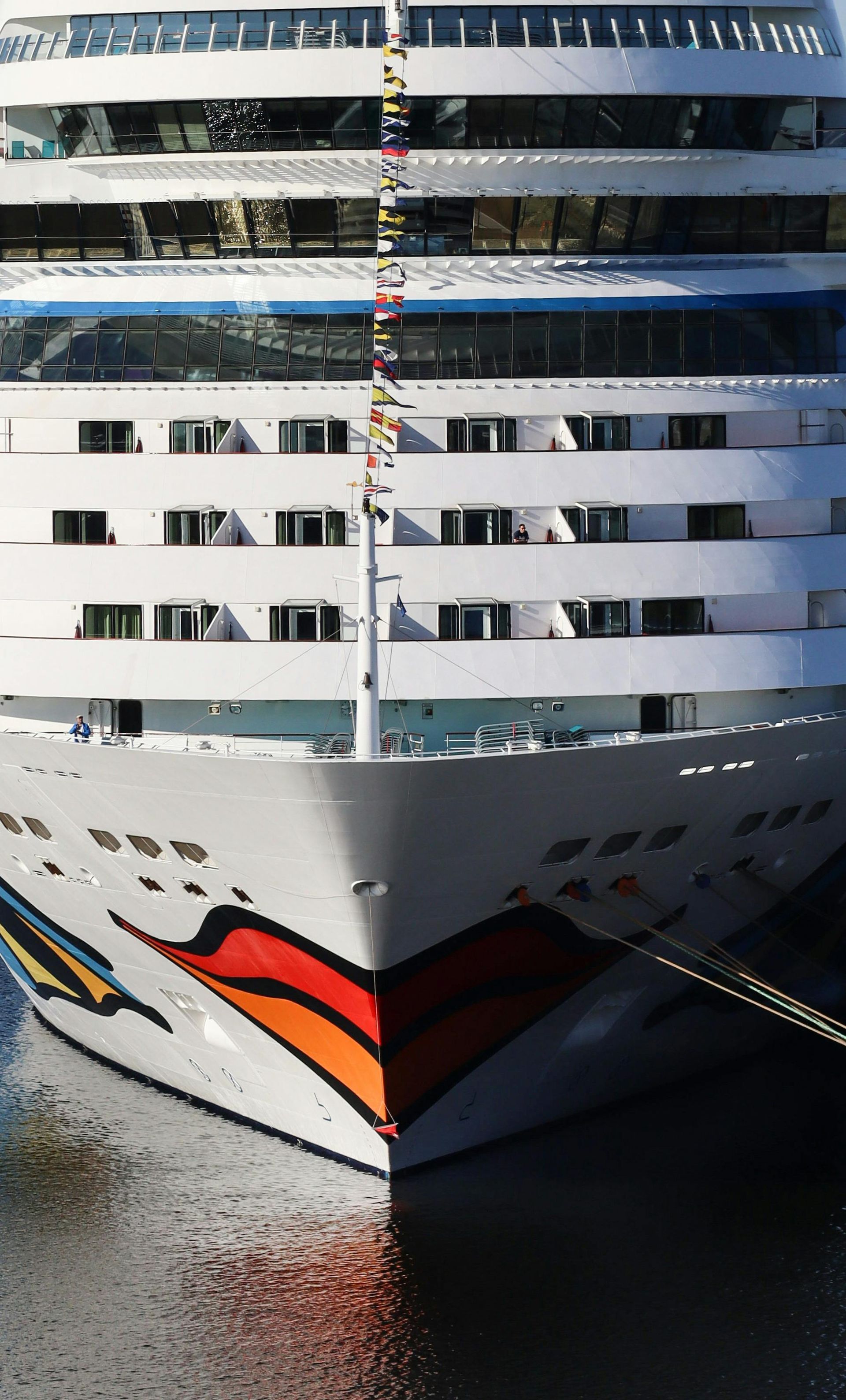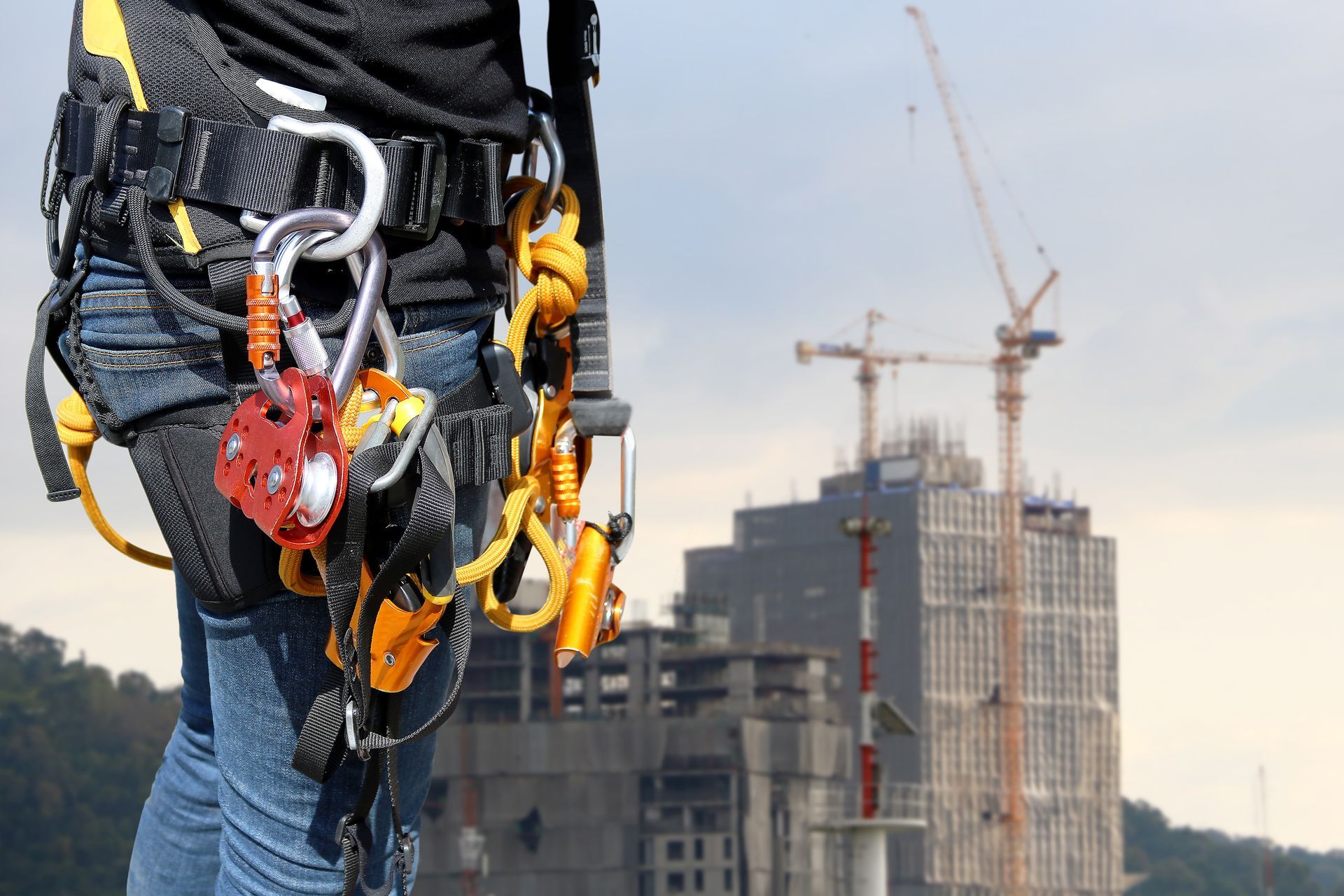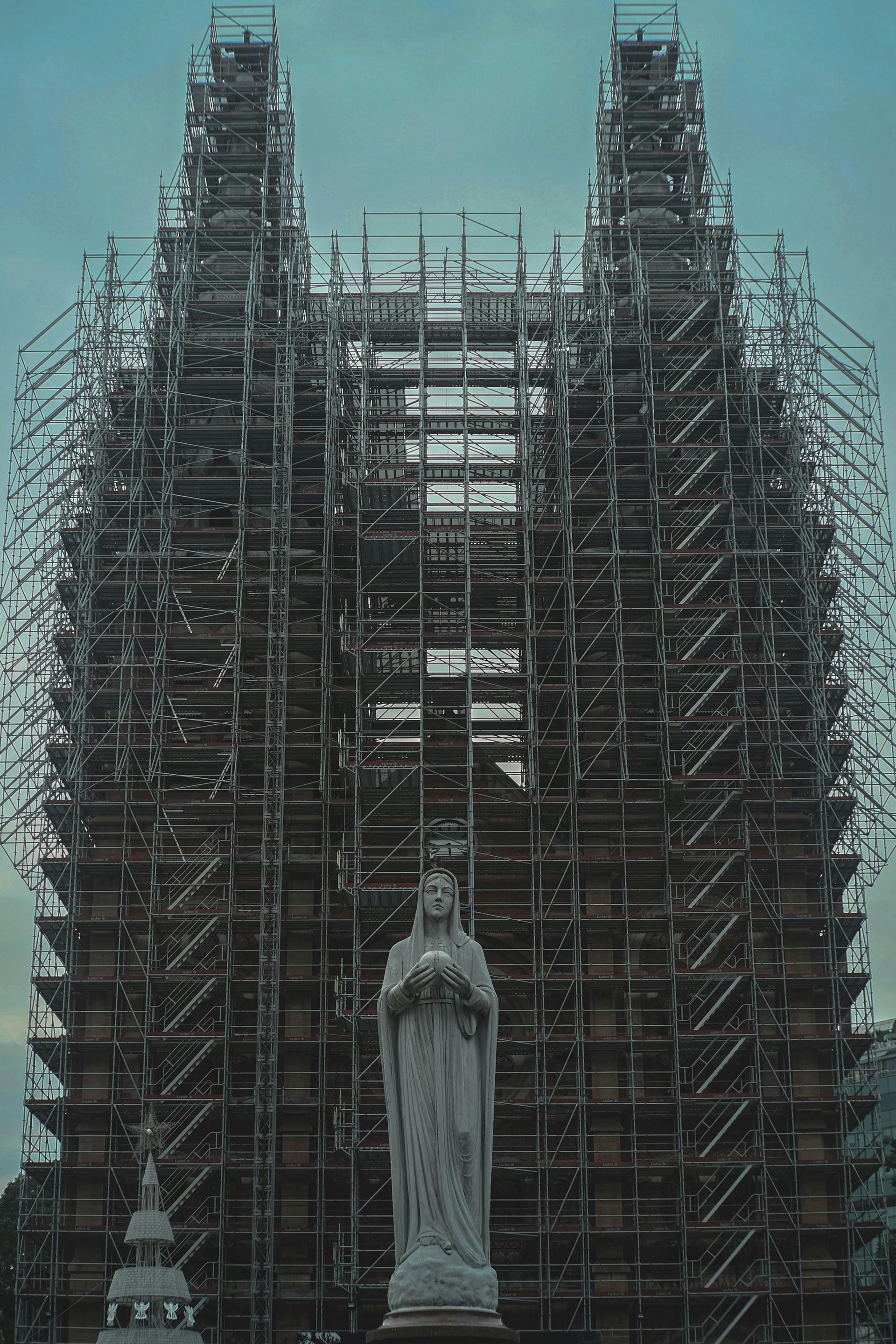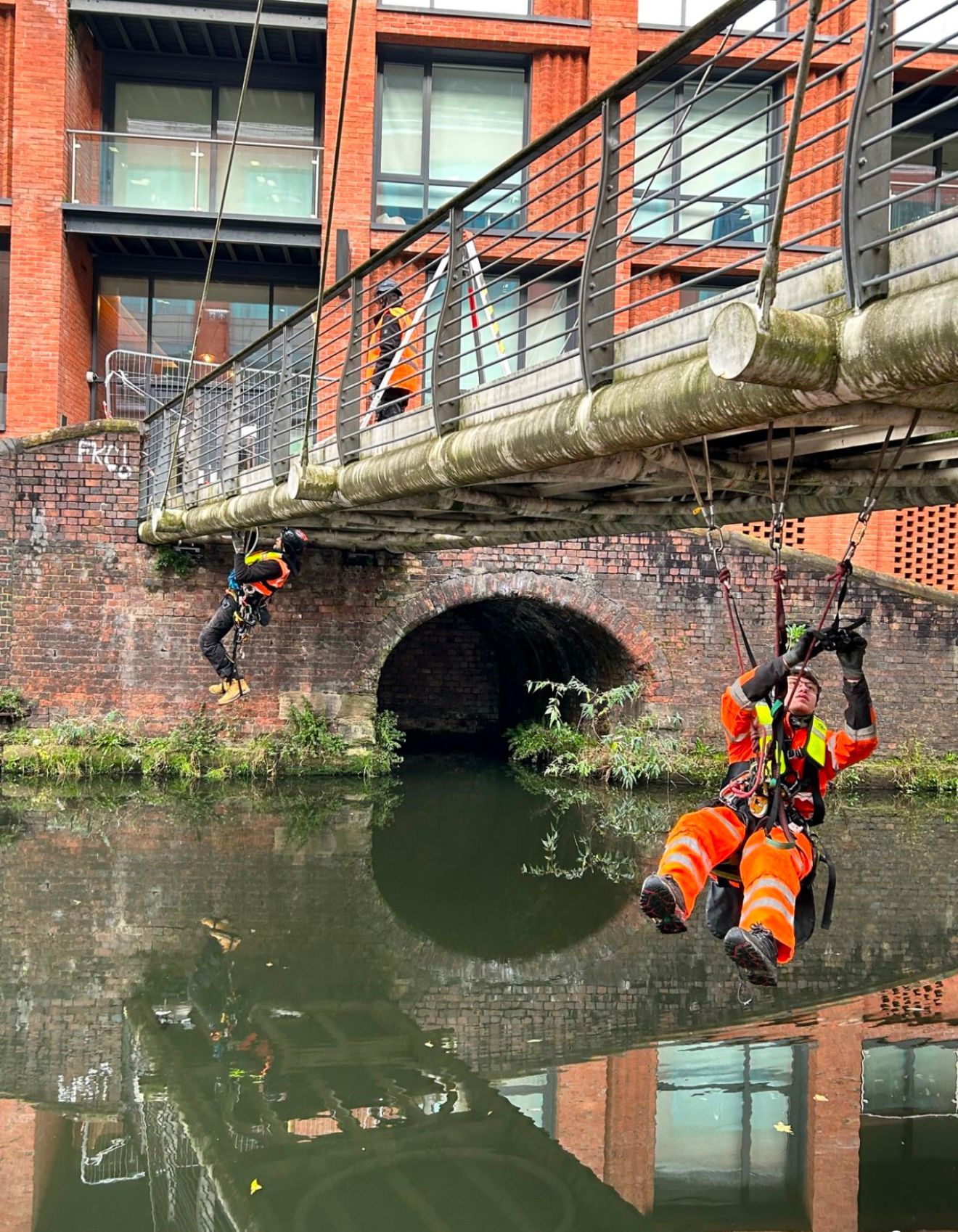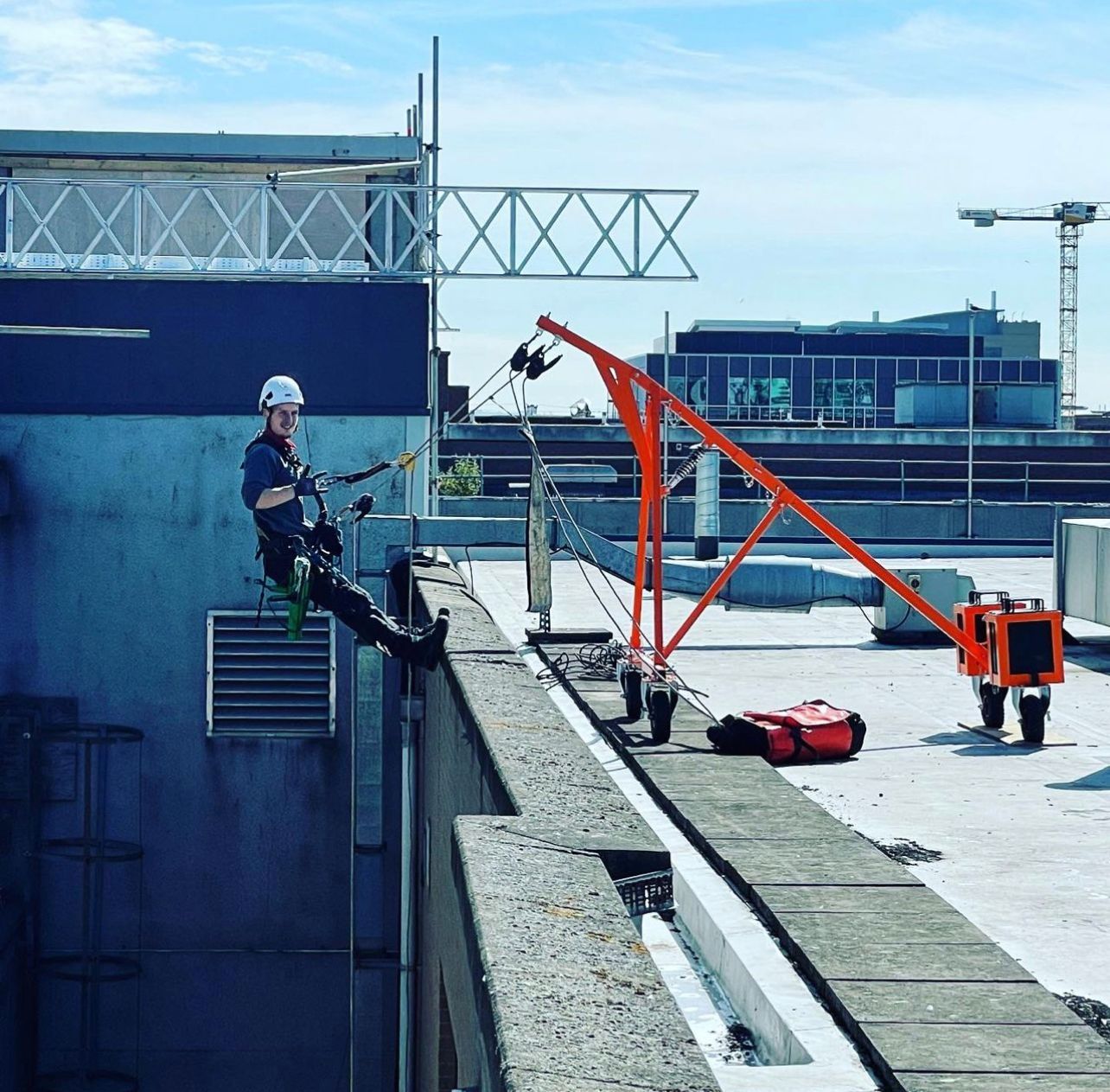Microbiological Influenced Corrosion (MIC)
Do you know your MIC?
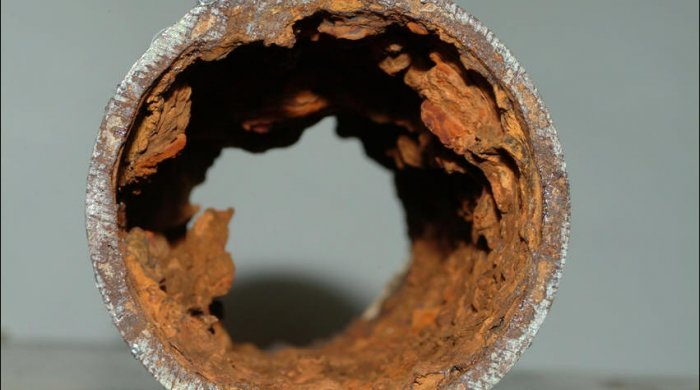
What is Microbiological Influenced Corrosion?
Microbiologically influenced corrosion (MIC) is defined as corrosion that is influenced by the presence and activities of microorganisms, including bacteria and fungi. It has been estimated that 20 to 30% of external corrosion on underground pipelines is MIC-related. Microorganisms located at the metal surface do not directly attack the metal or cause a unique form of corrosion. The by-products from the organisms promote several forms of corrosion, including pitting, crevice corrosion, and under-deposit corrosion.
MIC is often seen as a pitting attack. MIC is associated with the presence of a variety of organisms. Some can be easily observed such as barnacles, algae, mussels and clams while others cannot, such as microscopic bacteria. These microorganisms tend to attach to and grow on the surface of structural elements, resulting in the formation of a biological film or biofilm.
Typically, the products of a growing microbiological colony accelerate the corrosion process by either interacting with the corrosion products to prevent natural film-forming characteristics of the corrosion products that would inhibit further corrosion, or by providing an additional reduction reaction that accelerates the corrosion process.
A variety of bacteria have been implicated in exacerbating corrosion of underground and subsea pipe-lines, and these fall into the broad classifications of aerobic and anaerobic bacteria. Obligate aerobic bacteria can only survive in the presence of oxygen, while obligate anaerobic bacteria can only survive in its absence. A third classification is facultative aerobic bacteria that prefer aerobic conditions, but can live under anaerobic conditions. Common obligate anaerobic bacteria implicated in corrosion include sulfate-reducing bacteria (SRB) and metal-reducing bacteria.
Common obligate aerobic bacteria include metal-oxidising bacteria, while acid-producing bacteria are facultative aerobes. The most aggressive attack generally takes place in the presence of microbial communities that contain a variety of types of bacteria. In these communities, the bacteria act cooperatively to produce conditions favourable to the growth of each species. Obligate anaerobic bacteria can thrive in aerobic environments when they are present beneath biofilms/deposits in which aerobic bacteria consume the oxygen.
In the case of underground pipelines, the most aggressive attack has been associated with acid-producing bacteria in such bacterial communities. In the case of offshore wind structures, heavy encrustations of a hard-shelled fouling organism form on the structure. These organisms change environmental variables including oxidising power, temperature and concentration. Therefore, the value of a given parameter on the metallic and sea water interface (often tidal and splash zones) under the biofilm can be very different from that in the bulk electrolyte away from the interface. This difference may result in corrosion initiation under conditions in which there would be none, if the biofilm was not present. Presence of the biofilm may also yield changes in the form of corrosion (from uniform to localised for example) or even an increase in the Microbiological Influenced Corrosion rate.
Microbiological Influenced Corrosion (MIC) is a serious problem that can lead to catastrophic consequences in many industries. MIC can cause significant financial losses and pose a risk to public safety. In order to prevent MIC, it is important to understand what causes it and how it can be detected and controlled.
MIC is caused by the growth of microorganisms on metal surfaces. The microorganisms produce corrosive substances that attack the metal, causing it to corrode. MIC can occur in any environment where there is water, oxygen, and a metal surface. It is a particular problem in environments where the metal surface is in contact with soil or sediments, such as in pipelines, storage tanks, and cooling towers.
MIC can be difficult to detect because the corrosion process is often slow and gradual. The most common indicators of MIC are changes in the appearance of the metal surface, such as pitting or staining. Other indicators include changes in the structure of the metal, such as increased porosity or thinning of the metal.
MIC can be controlled by preventing the growth of microorganisms on metal surfaces. This can be done by using materials that are resistant to microorganisms, such as stainless steel or titanium. Another option is to coat the metal surface with a material that prevents the attachment of microorganisms, such as an epoxy resin. Once MIC has started, it can be controlled by removing the corrosive substances produced by the microorganisms. This can be done by chemical cleaning or electrochemical methods. The main advantages of these techniques are that they can be applied during production, are not very operator dependent and are relatively cheap. The main disadvantage is that they require regular maintenance to be effective.
About Dangle Rope Access
Here at Dangle Rope Access, we provide a variety of comprehensive inspection, access, coatings, and composite (IACC) industrial services. Our services are available to both the private and public sectors.
We offer high-quality proven solutions that will help reduce maintenance costs in both the long and short-term. We are based in Dundee, Scotland and also have offices based in Edinburgh, along with our newly established training centre in Northern Ireland Dangle Academy. Due to our company size and structure, we are able to offer a flexible and versatile approach to the way we run our business and the services that we offer our clients. And, as a leading painting company, we’ve worked on several renewable energy projects in the UK, Europe, and the US.
We work with both on and offshore with wind farm operators, and asset owners. For offshore wind farm maintenance, to onshore building maintenance, we can cover both the East and West coasts.
To find out more about how our team can help you contact us today. Our friendly, professional and helpful team is always on hand to help.
Microbiologically influenced corrosion
We'd love a share...

